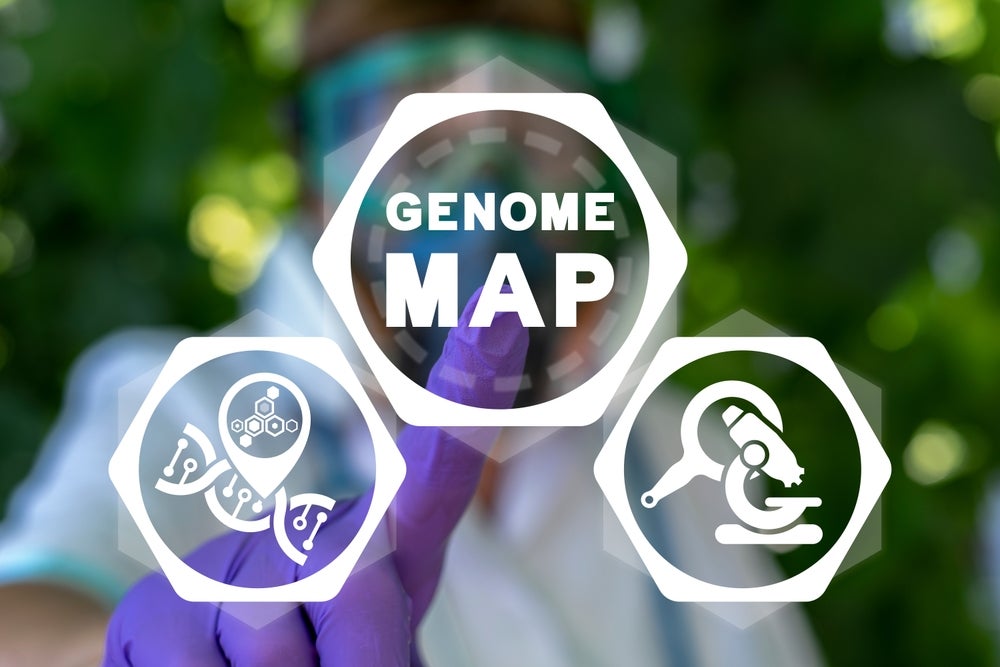
At a meeting of the European Society of Human Reproduction and Embyrology (ESHRE) held between 25-28 June, Oxford University’s Nada Kubikova, DPhil, reported that the cells of early human embryos are often unable to repair damage to their DNA with implications for CRISPR-Cas9 gene editing.
“Gene editing has the potential to correct defective genes, a process that usually involves first breaking and then repairing the DNA strand,” Kubikova said. “Our new findings provide a warning that commonly used gene editing technologies may have unwanted and potentially dangerous consequences if they are applied to human embryos.”
“Our results show that the use of CRISPR-Cas9 in early human embryos carries significant risks,” she said. “We have found that the DNA of embryo cells can be targeted with high efficiency, but unfortunately this rarely leads to the sort of changes needed to correct a defective gene. More often, the strand of DNA is permanently broken, which could potentially lead to additional genetic abnormalities in the embryo.”
Gene editing is currently used in children and adults with diseases caused by gene mutations such as cystic fibrosis, cancer and sickle cell disease. Numerous inherited disorders can also be avoided by carrying out gene editing on human embryos before they implant in the uterus; this is the only stage of development when CRISPR-Cas9 technology can reliably reach every cell of the embryo.
In the study, Dr Kubikova and her colleagues fertilised donated eggs with donated sperm to create 84 embryos. In 33 of the embryos, they used CRISPR-Cas9 to create breaks in the two strands that make up the DNA molecule, while the remaining 51 embryos were kept as controls.
In 24 out of 25 embryos, Kubikova detected alterations at the targeted DNA sites, indicating that CRISPR is highly efficient in the cells of human embryos.
However, only 9% of targeted sites were repaired using the clinically-useful process of “homology-directed repair” – that is, the process of repairing a break in the DNA whereby cells use an intact copy of the affected area as a template, copying it and then replacing the damaged area. 40% of broken DNA strands failed to be repaired at all, leading to large pieces of chromosome being lost or duplicated. Babies resulting from such embryos would carry a risk of serious congenital abnormalities.
The majority of cells repaired the DNA break using non-homologous end joining, which results in additional mutations rather than correcting existing ones.
Findings hold promise for improved IVF treatments
The outlook isn’t all negative, however. Kubikova says: “While the results caution against the use of genome editing in human embryos, there were some positive findings, suggesting that risks can be lowered and the ability to successfully remove mutations can be increased by modifying the way in which genome editing is undertaken. This offers hope for future improvements to the technology.”
“On average, only about a quarter of the embryos created using IVF succeed in producing a baby. Half of them stop developing in the laboratory before they can be transferred to the womb. The inability of embryos to efficiently repair DNA damage, revealed by this study, may explain why some IVF embryos fail to develop. This understanding may lead to improved IVF treatments,” she said.
